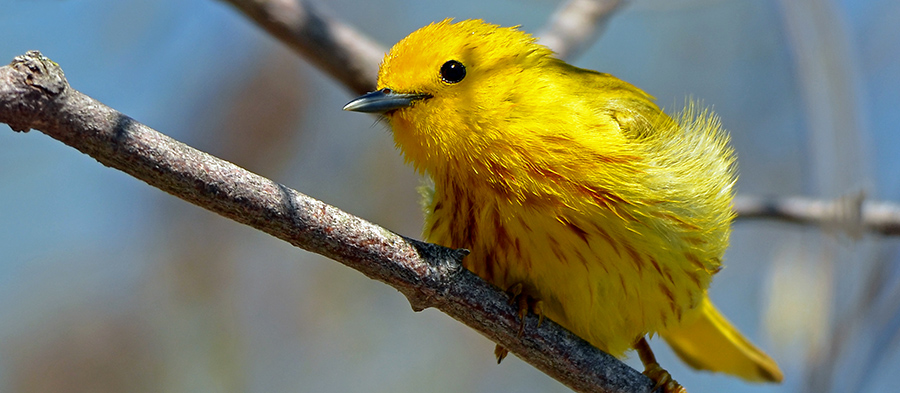Case Studies

In this chapter, we will examine six case studies that illustrate how the conservation principles and methods described in previous chapters have been applied in real landscapes. The examples were selected for their instructional value and include both successes and failures. Each case study describes what happened and why it happened, with an emphasis on the decision-making processes and the role of conservation practitioners.
Each case study illustrates different conservation themes and involves different types of practitioners. Three studies involve ecosystem-level conservation and three involve focal species. A summary of the topics covered in each case study is provided in Table 11.1.
| Table 11.1. Summary of case study topics. | |
1. Ecosystem management
|
4. Swift fox
|
2. Land-use planning
|
5. Walleye
|
3. Woodland caribou
|
6. Protected areas
|
Much of the information presented in these case studies comes from my experience as a participant or observer of the processes described. This is an inside view of how conservation works. Consequently, the examples are Alberta based. But to be clear, the location is not central to the themes that are explored; it is a backdrop. The emphasis is on people and processes, and understanding why things happen the way they do. The lessons learned have general applicability.

